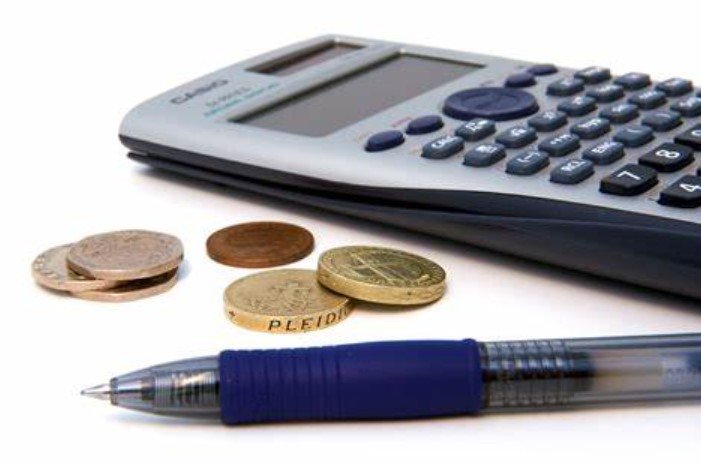In a surprising turn of events, new orders for manufactured durable goods have experienced a 0.7% increase in April, according to the U.S. Census Bureau. This boost translates to an additional $1.9 billion, bringing the total orders to $284.1 billion during the month. Notably, this growth follows a 0.8% increase in March and marks the third consecutive month of increases in durable goods orders.
The Driving Forces
The surge in orders was primarily led by the transportation equipment sector, which saw a 1.2% increase during April. However, even when excluding transportation, new orders still rose by 0.4%. Interestingly, when defense-related orders are excluded, they remain virtually unchanged.

Business Spending Signals
A key indicator of business spending plans is the category of non-defense capital goods orders excluding aircraft. In April, this category exceeded expectations, rising by 0.3%. Economists had anticipated only a 0.1% increase, making this development noteworthy. Despite these positive signs, business investment continues to face constraints due to higher borrowing costs, a strong dollar, and weak global demand. These factors have tempered the pace of investment growth.
The Context
Interest rates play a pivotal role in shaping business spending. As rates fluctuate, they impact both demand for goods and the cost of financing for businesses. In fact, back in September, a growing number of chief financial officers (CFOs) began trimming spending due to higher interest rates. Approximately 40% of CFOs reduced capital and non-capital expenditures in response to the Federal Reserve’s rate hikes. This figure marked an increase from the 32% reported in the fourth quarter of 2022.
The Broader Economic Landscape
Treasury Secretary Janet Yellen recently highlighted the challenges faced by American consumers. The high cost of essentials, including food, rent, and mortgages, has become a significant concern. Yellen emphasized that these price increases have been substantial, rapid, and noticeable to consumers. The rising cost of living affects a substantial portion of the population, and it remains a legitimate worry for many.
While business spending shows signs of improvement, it remains influenced by various economic factors. Borrowing costs, currency strength, and global demand dynamics continue to shape investment decisions. As we navigate these complexities, businesses and policymakers alike must remain vigilant in their assessments of economic trends.


































